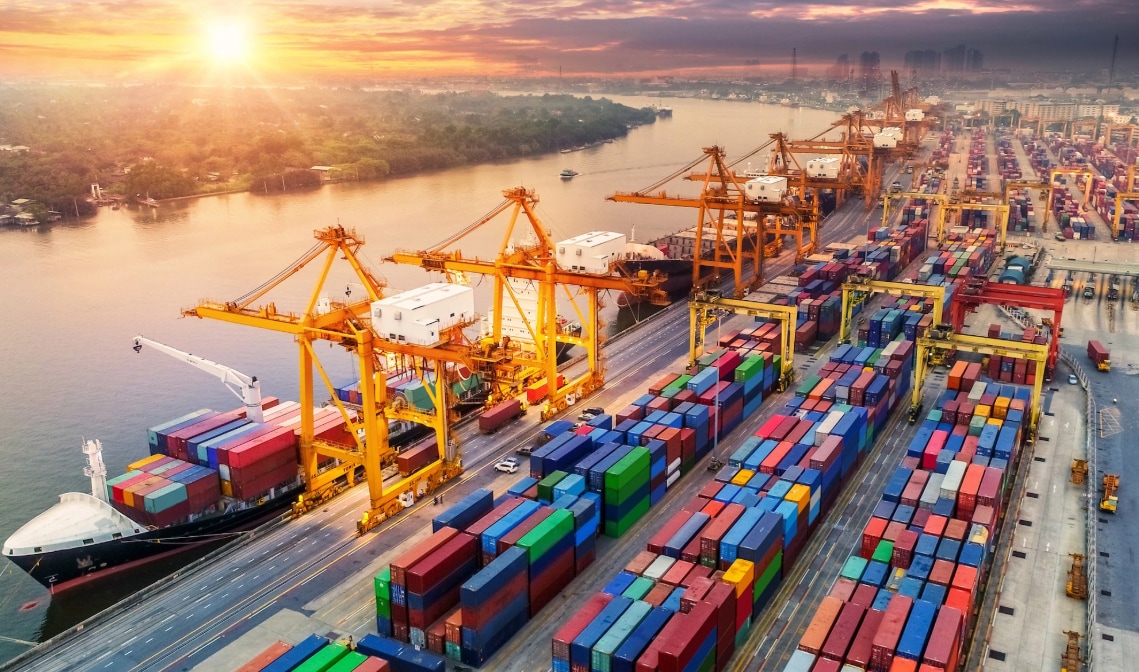Social entrepreneurs seeing problems as opportunities

Stay up to date:
Entrepreneurship
Martin Burt is Executive Director of Fundacion Paraguaya, the first microfinance institution to operate in Paraguay, and has held senior roles in national and local government in the country. In this video interview he urges social entrepreneurs to form alliances with change agents within government and business to scale up the impact of their social innovation. The transcript of the interview plus further details of Fundacion Paraguaya’s work are below.
Most governments think that poverty can only be reduced from a top-down approach. But they mostly deal with outputs and with the products and services they provide – they do not deal with outcomes or impact. They say, “We have trained so many farmers.” But they do not say, “X number of farmers have overcome the poverty line [as a result].”
We need to change the way we deal with poverty. It’s like there’s an elephant in the room. It’s either the private sector or the government that is going to address the problem of poverty. But where is the poor family themselves? Where is the main protagonist? They are never allowed to participate in the definition of the problem.
Governments think that it is virtually impossible to consult with the most important stakeholders – the poor people themselves. But social entrepreneurs all over Latin America and Africa and Asia know that there are practical, cost-effective, easy ways of working with people living in the slums or working in the villages who know how they can overcome poverty.
From problems to challenges
Social innovation and social entrepreneurship is about creating new paradigms and new ways of addressing old social problems. Social innovation has to do with impact, and it has to do with scale. These are new ways of seeing problems as opportunities, of seeing how to look at the same problem from a different perspective, and bringing light to a solution that may be right there under our nose, only that we could not see it. So basically, what social entrepreneurs are doing, they’re just bringing a flashlight to the room.
Most of us are not trained that way. But we need to train ourselves to see the opportunity inside each problem. When we see a child in a rural village crawling in the dirt and in the mud for lack of wheelchair, what is the opportunity there? When we go to an urban slum, and we see that there is a serious problem with hygiene and sewage, what is the opportunity there?
We need to look at problems not as something that is impossible to address, but as something that we can accomplish in the next five or ten years. Every single social problem is an opportunity. And we know this because there are social entrepreneurs working on every identified social issue already in a successful way.

Identifying change agents
In every single municipal district or federal agency, there are government employees and elected officials who really want to affect change and have an impact. Those are the people social entrepreneurs need to identify and empower, because nobody is empowering change agents within the government. We need to recognize that government officials face structural and legal limitations. Many times, legislation does not allow them to do anything that is not prescribed in the law or in the budget. So the burden of the proof is really on the social entrepreneur to be able to frame the social innovation so that it is absorbable by the government.
But many social entrepreneurs have biases and have prejudices, and one of them is not to work with governments. I think that we all need to be a little bit more humble and work together, because right now everybody’s working in a completely uncoordinated way while the problems get bigger and bigger. Plus social entrepreneurs have many things to learn from government. And one is scale. If we are going to deal with drinking water, we have to think at a national level, and we have to think and plan for the next 20 – 40 years.
This kind of collaboration is an opportunity to create alliances between people who have access to big budgets but are constrained by the bureaucracy in which they work and people who have the talent and the ideas and who are free to innovate. How can we bring the talent and the passion of social innovators to government institutions so that innovations can be rolled out in the education sector, in the public works sector, in the health sector, in the housing sector?
The role of business
And of course, where does business come in? What can we learn about successful business strategies? And how can we convince the business community that profit maximization is not their only game? You cannot have a successful clothing company or a successful manufacturing company surrounded by slums. This is 19th century thinking. Business leaders need to understand what it means to have a labor force that does not have electricity, does not have running water, does not have good schools, does not have sewage, does not have roads, and does not have public transportation to come to work every day.
We need to change the philosophy that businesses have about what profit means. And I’m very happy to know that there are many business leaders who are beginning to see that. In Paraguay, we are working with dozens of private sector corporations who have committed to eliminating poverty affecting all their employees. In making that commitment, they are of course drawn into the rural villages and the urban slums, and they’re finding that they have something nobody else has.
Businesses have the power of leverage. Businesses can call an insurance company and point out that in this village or that slum, there are 5,000 families without insurance – and the insurance company will do something about it. We are engaging businesses to use their power to leverage social services for their consumers, their clients, and their workers. We are seeing businesses talking to governments about the housing needs in the slums near their factories. How can we bring the power of leverage that the business community has to affect social change? That is what we need to do in the next few years.
There are solutions that are being implemented all over the world, and with technology today, it is easy to make the invisible visible. How can we all leverage the existing technologies right now to work in every single slum and in every rural village where there are these intractable social problems? We have the technology and information systems to do this. Today, when a microfinance loan officer walks into a slum and sees a child who needs a wheelchair, or a girl who needs dental care, or a family that has not vaccinated any of their children, they feel they cannot do anything because that is not their business.
But we know that poverty has to do with more than income. It has to do with housing and dental care and wheelchairs and vaccinations. What if, through technology, all a loan officer or social worker had to do was to tap on a tablet to communicate to the relevant service providers the opportunities to deliver wheelchairs or dental care? That is our next big challenge.
Author: Martin Burt is Executive Director of Fundacion Paraguaya. For more on his organisation’s work see How technology can eliminate, not alleviate, poverty.
Don't miss any update on this topic
Create a free account and access your personalized content collection with our latest publications and analyses.
License and Republishing
World Economic Forum articles may be republished in accordance with the Creative Commons Attribution-NonCommercial-NoDerivatives 4.0 International Public License, and in accordance with our Terms of Use.
The views expressed in this article are those of the author alone and not the World Economic Forum.
Forum Stories newsletter
Bringing you weekly curated insights and analysis on the global issues that matter.
More on BusinessSee all
Anil Gupta and Wang Haiyan
July 25, 2025
Elena Raevskikh and Giovanna Di Mauro
July 23, 2025
Manikanta Naik and Murali Subramanian
July 23, 2025
Stephanie Dunn and Firuze Alpaydin
July 22, 2025
Goodness Esom
July 18, 2025
Juan Caballero and Ana Sampaio
July 18, 2025





